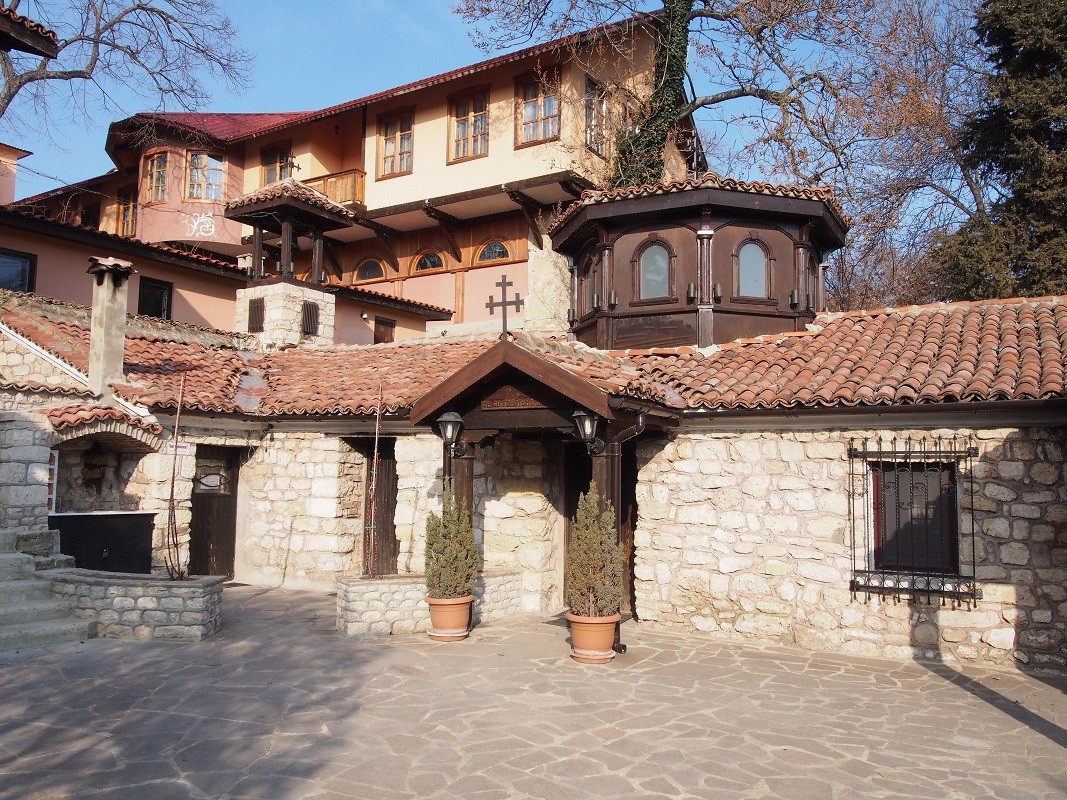The Saints Constantine and Helena is the oldest resort on the Bulgarian Black Sea coast. Located 10 km from the center of Varna, the resort is a winning combination of thermal water, sea, sand and a centuries-old park, recreational facilities, hotels, restaurants and sports facilities.
The name of the complex comes from the monastery of Sts. Constantine and Helena, built in the 14th-16th centuries in honour of Emperor Constantine I and his mother Helena. Today a small chapel remains from the monastery, which is much visited by Orthodox Christians.
Tourists have been coming to this place since the time when Bulgaria was under Ottoman rule. After the independence of Bulgaria the flow of tourists increased. The monks used to accommodate them in the farm buildings of the monastery.

The first hotel opened in 1908. On top of an old building belonging to the monastery, the monks built two more floors and called this building the Prague Hotel - after the first foreign visitors, who were Czechs. Later it was also visited by Polish and German tourists.
In the years between 1957 and 1992 the resort was known as "Druzhba" ("Friendship") and it is still popular among the residents of Varna. Two outdoor pools with hot mineral water up to 55°C, one of which runs around the clock, are open all year round in St. Constantine and Helena.
Today Sts. Constantine and Helena resort is among the resorts of national importance, the third largest and the fourth most visited Bulgarian seaside resort.

Although it's still mid-August and a bit early for final conclusions, all signs point to a successful season for the resorts along Bulgaria’s Northern Black Sea coast. Albena stands out as a prime example of the long-awaited recovery of Bulgarian..
Mild weather, vibrant cultural events, and the chance to immerse yourself in local traditions — just some of the reasons why autumn is the perfect time to visit Sofia, according to siviaggia.it, Italy’s premier online travel portal, which recently..
Ten European universities will present their scientific program "Picturesque Bulgaria. Bulgarian Literary Routes" in the Rhodope village of Khukhla, and scholars from Ankara and Warsaw will take a special part in this year's edition of the cultural..

+359 2 9336 661
